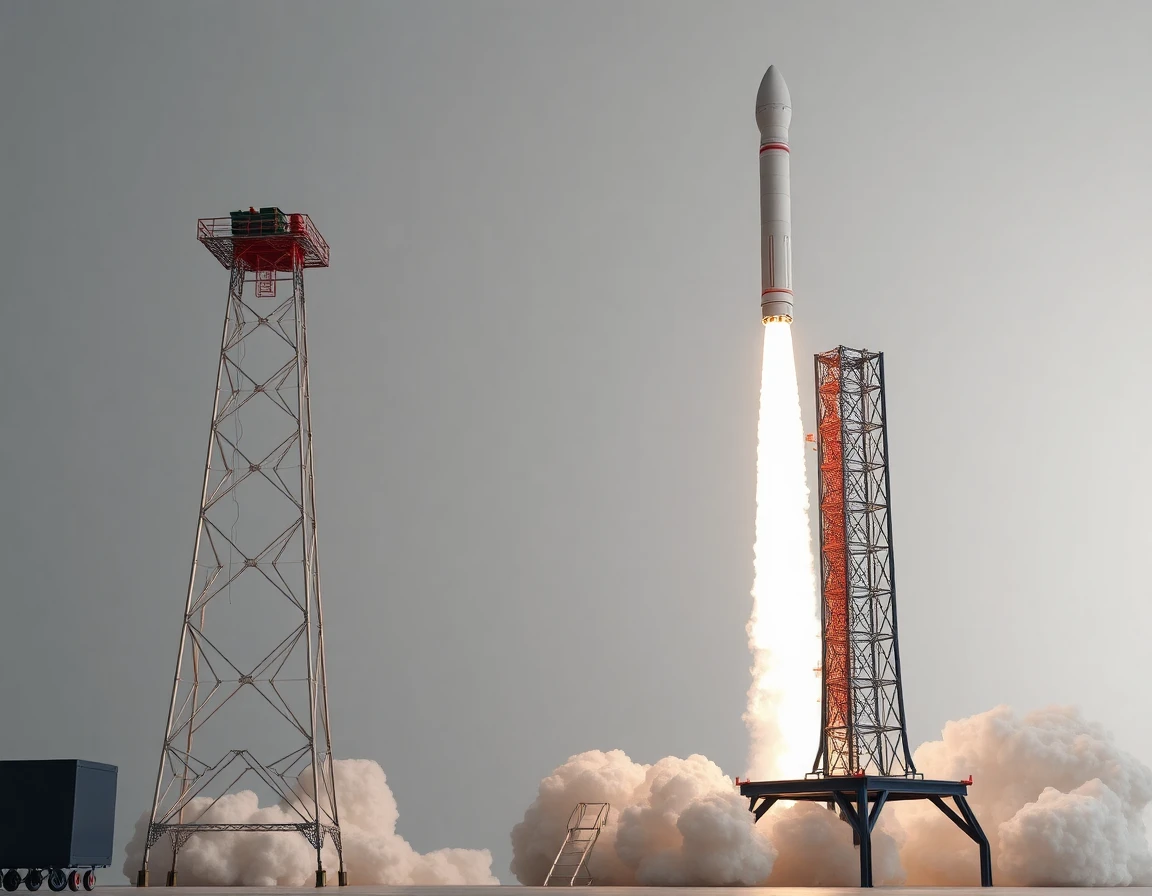In a strategic move to enhance its foothold in the U.S. defense sector, satellite communications company XTAR is set to launch a new line of next-generation satellites designed to meet the increasing demand for secure and reliable communication systems. The company’s focus on advanced satellite technology aims to provide military and government clients with superior data transfer capabilities, vital for modern defense operations.
The Need for Next-Gen Satellites
As military operations become increasingly reliant on real-time data and secure communications, the demand for robust satellite solutions has surged. According to industry experts, the global military satellite market is projected to reach $30 billion by 2026, driven by the need for enhanced communication and surveillance capabilities. XTAR’s new satellites are positioned to address these needs with state-of-the-art technology that ensures high bandwidth and low latency.
Key Features of XTAR’s Next-Gen Satellites
XTAR’s upcoming satellite offerings will incorporate several innovative features aimed at improving operational efficiency:
- Advanced Communication Systems: The satellites will utilize high-throughput communication systems to deliver enhanced connectivity for ground forces and aerial units.
- Robust Security Protocols: Security is paramount in military communications. XTAR’s satellites will be equipped with cutting-edge encryption technologies to protect sensitive information from potential threats.
- Precision Accelerometers: The inclusion of high-precision accelerometers will enable accurate motion sensing, crucial for satellite positioning and stability during operations.
These features reflect XTAR’s commitment to leveraging advanced technologies to facilitate superior defense capabilities.
Expert Insights on Defense Applications
“XTAR’s focus on next-gen satellite technology is a game-changer for the U.S. defense market,” said Dr. Emily Carter, a defense technology analyst at the Aerospace and Defense Institute. “The ability to provide secure and reliable communication in real-time is essential for modern military operations. XTAR is poised to meet these demands with their innovative solutions.”
The Role of Inertial Navigation Systems
Another critical aspect of XTAR’s satellite technology is the integration of advanced inertial navigation systems. These systems will provide precise guidance and positioning data, essential for both terrestrial and aerial military applications. As military platforms increasingly rely on autonomous systems, the need for accurate navigation becomes even more critical.
Market Expansion Strategies
XTAR is not just focusing on satellite technology but also on strategic partnerships to enhance its market presence. Collaborations with key defense contractors and technology firms will allow XTAR to integrate their satellite systems with existing military infrastructure, providing seamless communication solutions.
According to CEO John Smith, “Our goal is to not only expand our technology offerings but also to build partnerships that will enable us to deliver comprehensive solutions to our defense clients. The U.S. market represents a significant opportunity for us.”
Future Developments in Satellite Technology
The evolution of satellite technology is ongoing, and XTAR is at the forefront of this transformation. With advancements in thermal management systems and payload technology, the company plans to enhance the performance and lifespan of their satellites. These developments will ensure that XTAR’s satellites can withstand the harsh conditions of space while delivering optimal functionality.
Potential Impact on Military Operations
The introduction of XTAR’s next-generation satellites is expected to have a profound impact on military operations. Enhanced communication capabilities will facilitate improved coordination among forces, increasing operational effectiveness in diverse scenarios. Moreover, the integration of advanced technologies will allow for faster data processing and dissemination, crucial for timely decision-making in the field.
Conclusion: A New Era for Satellite Communications
As XTAR prepares to launch its next-generation satellites, the company stands poised to redefine the landscape of satellite communications within the defense sector. With an unwavering commitment to innovation and security, XTAR is set to meet the evolving demands of the military, paving the way for a new era of advanced satellite technology.
In the coming months, the defense community will be watching closely as XTAR unveils its latest offerings, which are expected to reshape how military operations are conducted globally. The future of satellite technology looks promising, with XTAR leading the charge in delivering solutions that enhance national security and operational capabilities.



